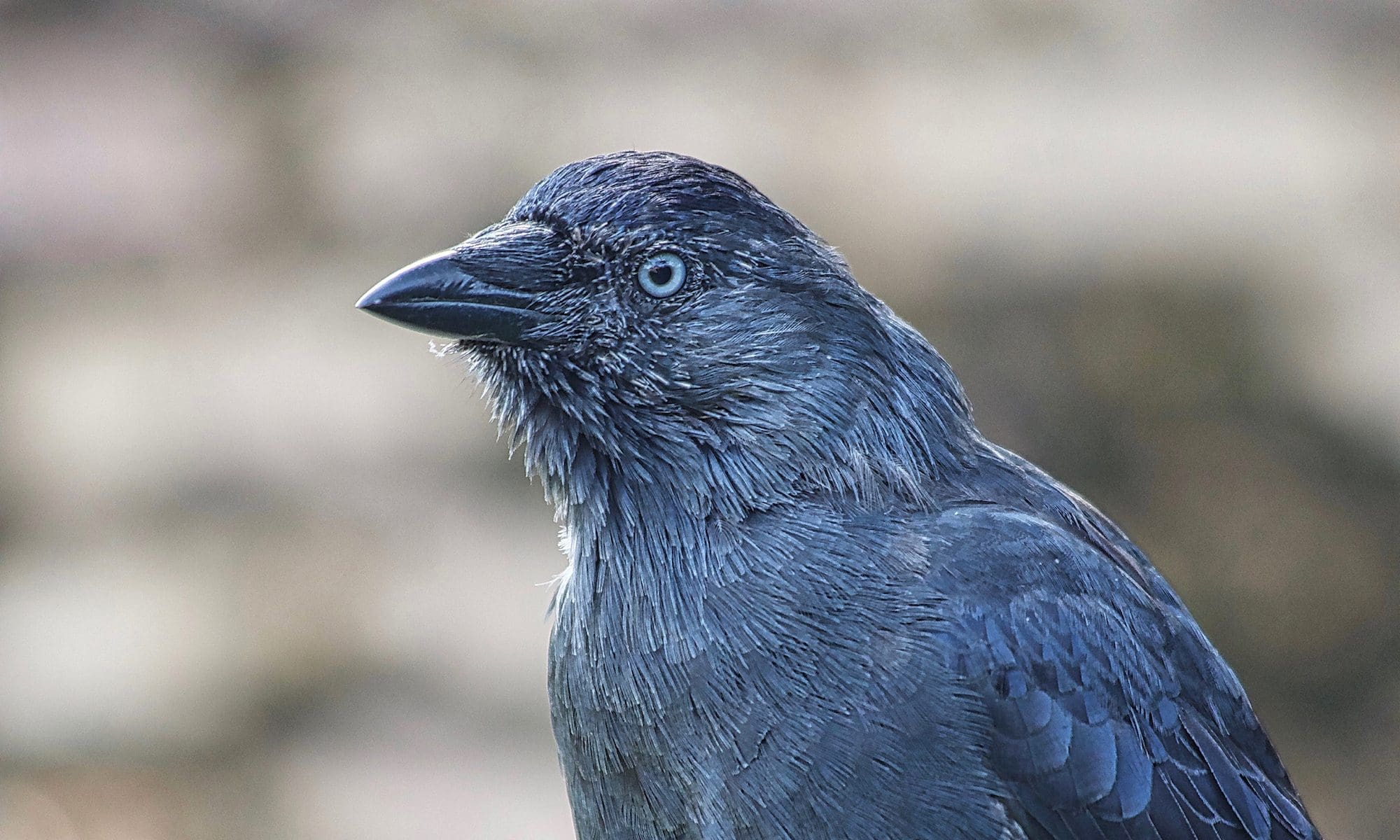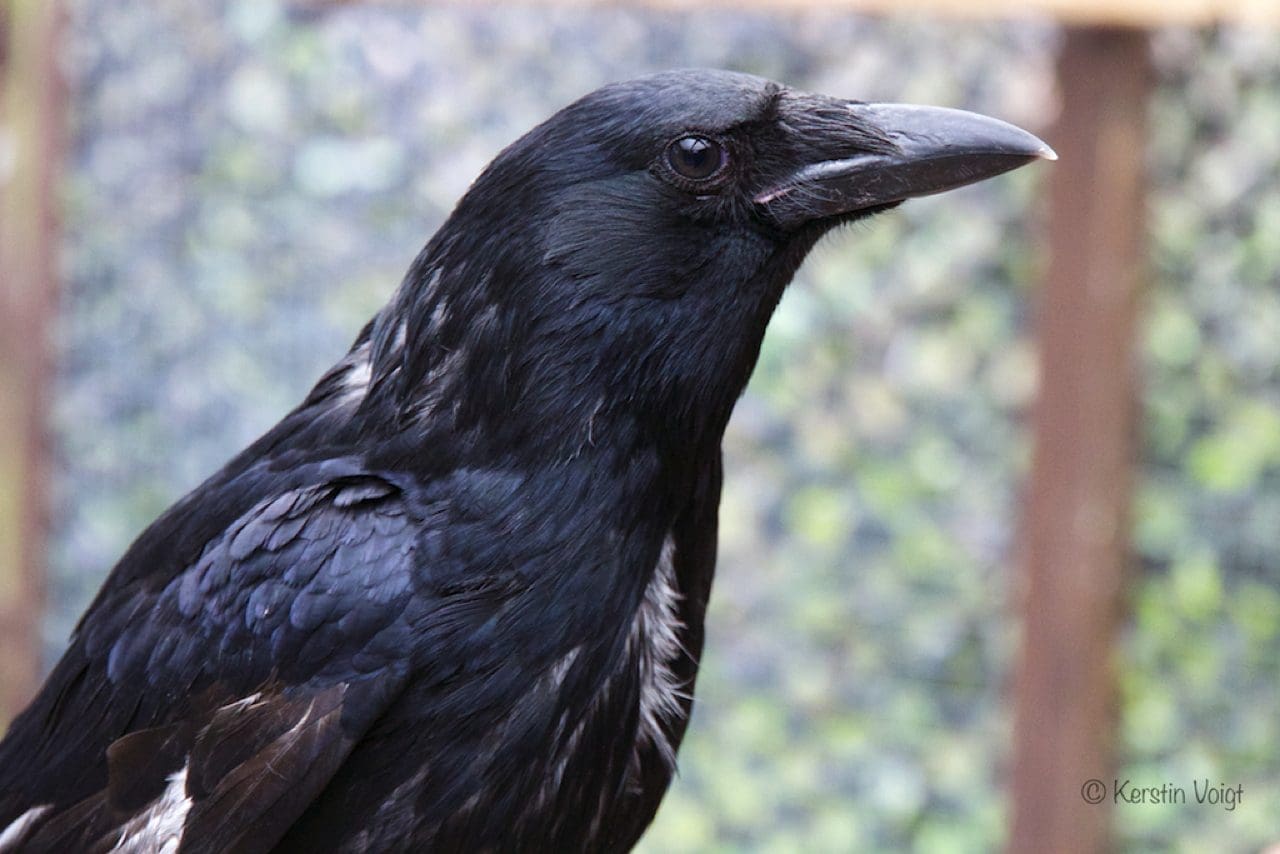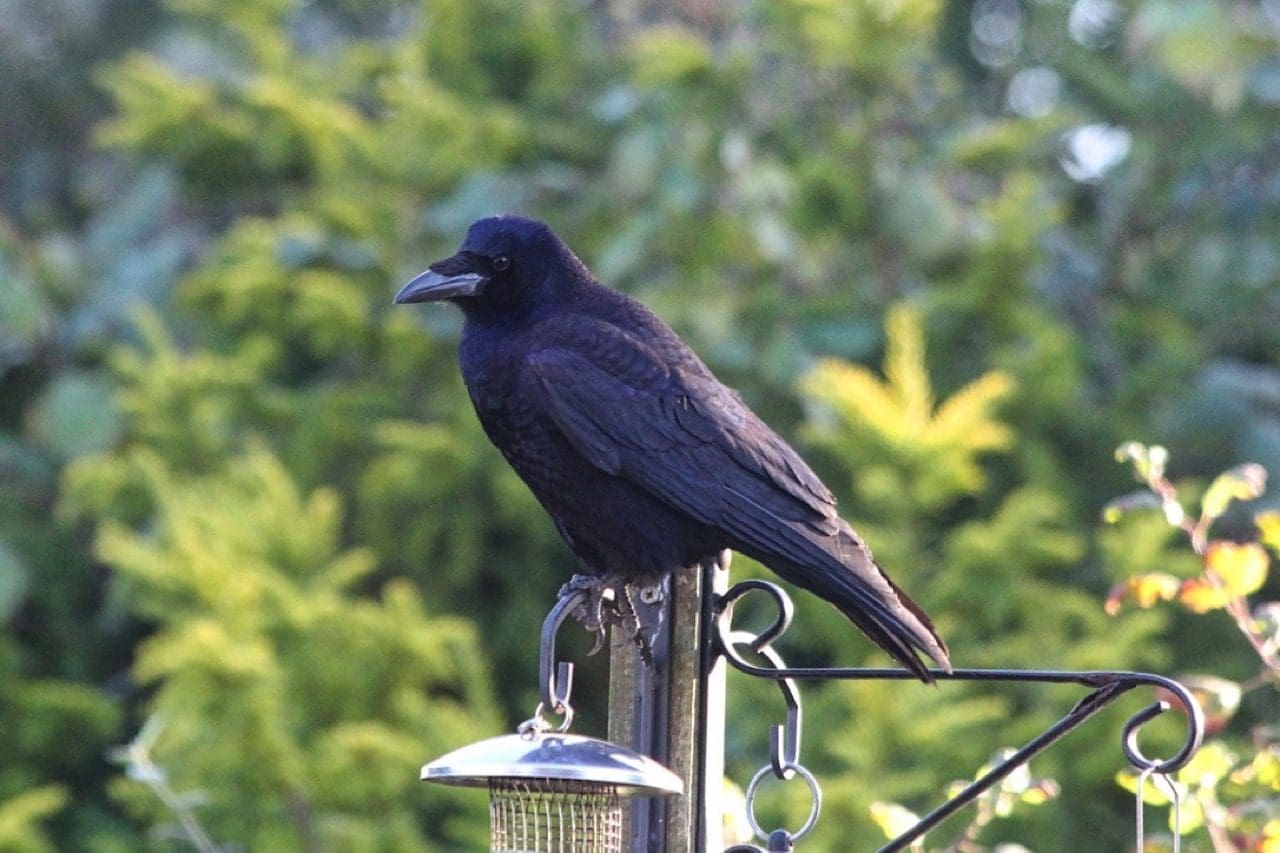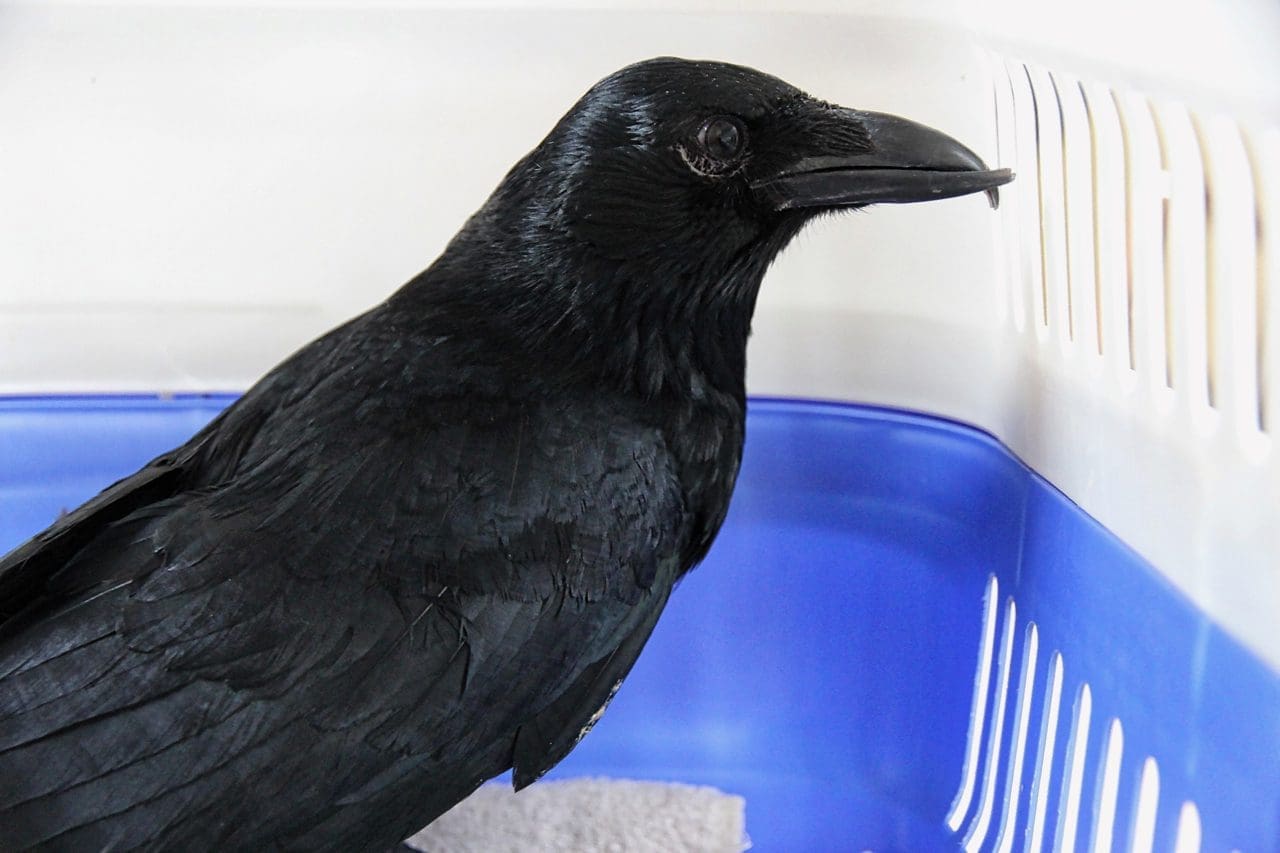Imprinting of rescue bird is an often hotly debated topic amongst bird lovers, wildlife rehabilitators and rescuers, where voiced opinions range considerably. One extreme approach to this topic suggests that imprinted birds are principally unreleasable, and that once a bird is imprinted that this situation cannot be reversed. The other extreme opinion considers all imprinted birds as releasable and implies that these birds have similar survival chances in the wild compared to birds who have not been imprinted. However, own experiences and those of fellow rehabbers have shown that, and this should actually not be unexpected, the truth lies neither in the middle nor is it to find in one or the other extreme. To find an answer, it seems worth to explore some basic underlying processes, like imprinting, learning, conditioning and habituation.
Continue reading “Some Thoughts About Animal Learning And Imprinting”Animal Emotions – Joy, Happiness and Play
This short videoclip shows one of those beautiful occasions, where we were privileged to be part of the daily lives of our wild non-human animal neighbours. Just by chance we have been able to document and record a fascinating playful interaction or variation of social play occurring between a wild young rook and a mixed group of rooks and jackdaws as well as a small flock of residential pigeons circling the area. Just a few seconds after the rook had drawn the attention of one of the approaching jackdaws, the rook decided to disengage and to follow the leaving birds.
” Social play is an excellent example of a behavior in which many animals partake, and one that they seem to enjoy immensely. Individuals become immersed in the activity, and there seems to be no goal other than to play. As Groos (1898) pointed out, animals at play appear to feel incredible freedom. ” 1
Social play observed amongst non-human animals including corvids plays an important part in the emotional lives of many non-human animal species. During our daily interactions with our corvid patients, residents and visiting wild birds, we are frequently able to observe many of these intricate nuances of their fascinating emotional lives, and even get sometimes involuntarily involved in their playfulness and cheekiness. Although many encounters we are able to witness may serve a specific purpose, a purpose we may or may not fully understand, some incidents like the playing rook in the video clip, might just be what it seems – a bird having a bit of fun, nothing more and nothing less.
Bibliography
- Bekoff, M. (2000). Animal Emotions: Exploring Passionate Natures Current interdisciplinary research provides compelling evidence that many animals experience such emotions as joy, fear, love, despair, and grief—we are not alone. BioScience, 50(10), 861-870. ↩︎
Anting Behaviour Observed In Crows
Our routine aviary cleaning procedures also involve the cleaning of drinking and bathing facilities of our crows. This is usually seen with great anticipation by all our corvids. Birds in general, but in particular corvids, are very clean birds, and can’t wait to make use of a refreshing bath. We frequently add natural apple cider vinegar to bath and drinking water, which keeps the water longer fresh and has positive health properties for the birds.
The video shows carrion crow Emma taking advantage of a bath in natural apple cider vinegar, before we have been actually able to add drinking water to dilute the vinegar further. This behaviour can be seen as the equivalent to or a variation of anting, frequently observed in the wild.
Anting can take on different forms. Some birds will pick up ants in their beaks and rub them over their feathers, while others will open their wings, lie down and allow ants to penetrate their plumage. Birds seem to prefer using ants that produce formic acid. Formic acid is being used by ants as a defense mechanism.
One theory on anting is that the formic acid could act as a fungicide, bactericide and insect repellent, while others think that it is the vitamin D content in the acid that birds are interested in. However, birds sometimes use alternative anting tools, such as millipedes and fruit, and in our case apple cider vinegar. Some scientists believe that anting is used to preen feathers and helps to prevent the drying out of the plumage. Another suggestion is that anting has an intoxicating effect on birds, as some birds have been seen to shake themselves and seemingly lose control over their ability to walk.
An Impressive Encounter Of Cultural Learning In Corvids
Animal culture describes the current theory of cultural learning in non-human animals through socially transmitted behaviours. This involves the social transmittance of a novel behavior, both among peers and between generations of the species concerned.
About six years ago I have been called for help as a fledgling crow has flown into a window in one of the enclosed courtyards of the hospital. When I arrived I found a concussed carrion crow fledgling being cold and wet. The bird also showed nutritional deficiencies and subsequently a poor plumage with many white primaries and secondaries. All these problems made it necessary to take the fledgling bird into our care to treat the immediate concussion issues but also to keep the bird for at least one year to allow a full moult into a new healthy plumage, which only happens once a year. Whilst assessing and securing the crow fledgling I have been closely watched and scolded at by the crow parents, and by another crow sitting in some distance on a roof.
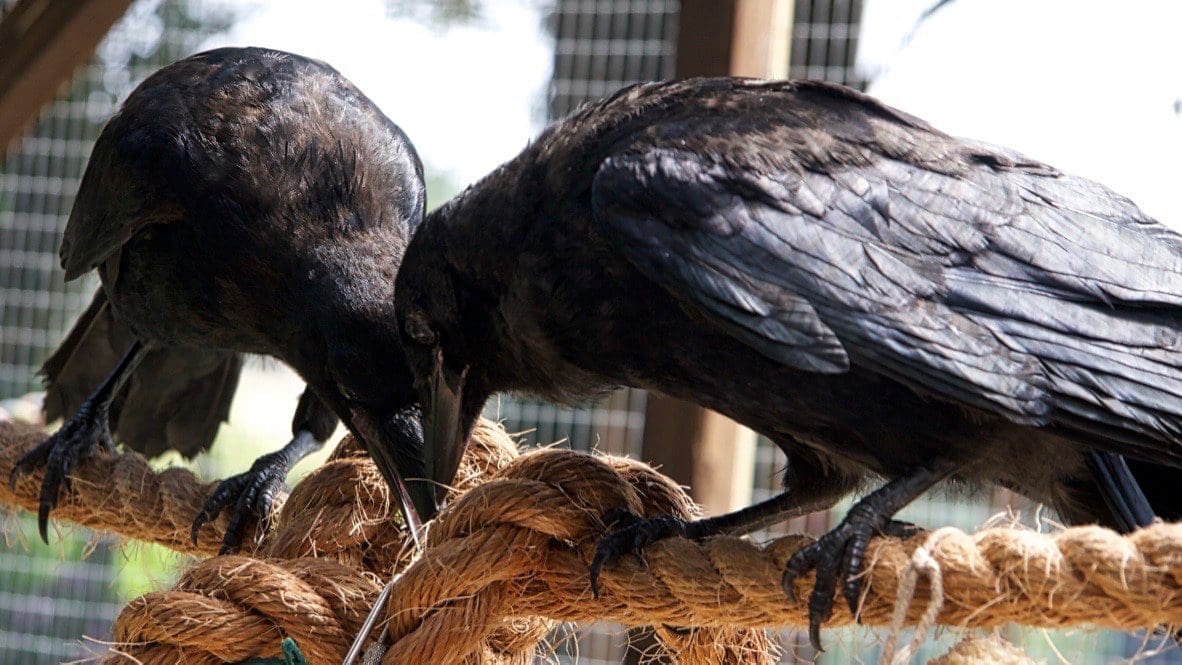
Crows are territorial birds. The hospital grounds are forming the centre of the crow territory occupied by the pair of crows, whose fledgling I have been asked to rescue. As documened in the literature, the third crow is likely to be a male crow, who has been accepted by the territory holder pair to reside in the outskirts of the occupied territory helping them to defend their home. One year later I have been called again to rescue another crow fledgling which got stuck in an open hospital sewer canal. The poor bird was soaking wet and hypothermic and had to be taken into care as well. As the year before, the parents watched the incident and tried to defend their youngster.
Corvids Never Forget A Face
Ever since the first incident five years ago, as soon as I enter the hospital grounds to go to my work place, these three crows including their offspring will raise the alarm and at least one of the crows will accompany me until I enter one of the buildings and disappear from their sight. Interestingly, it does not matter what clothing I am wearing, they will easily identify me and recognise my face. Even youngsters born the years after the last incident will raise the alarm and join in, as soon as they become independent and are able to fly and follow me. The members of this extended crow family are also able to identify me when I stand seemingly at random behind one of the hospital windows watching them whilst they are doing their daily business.
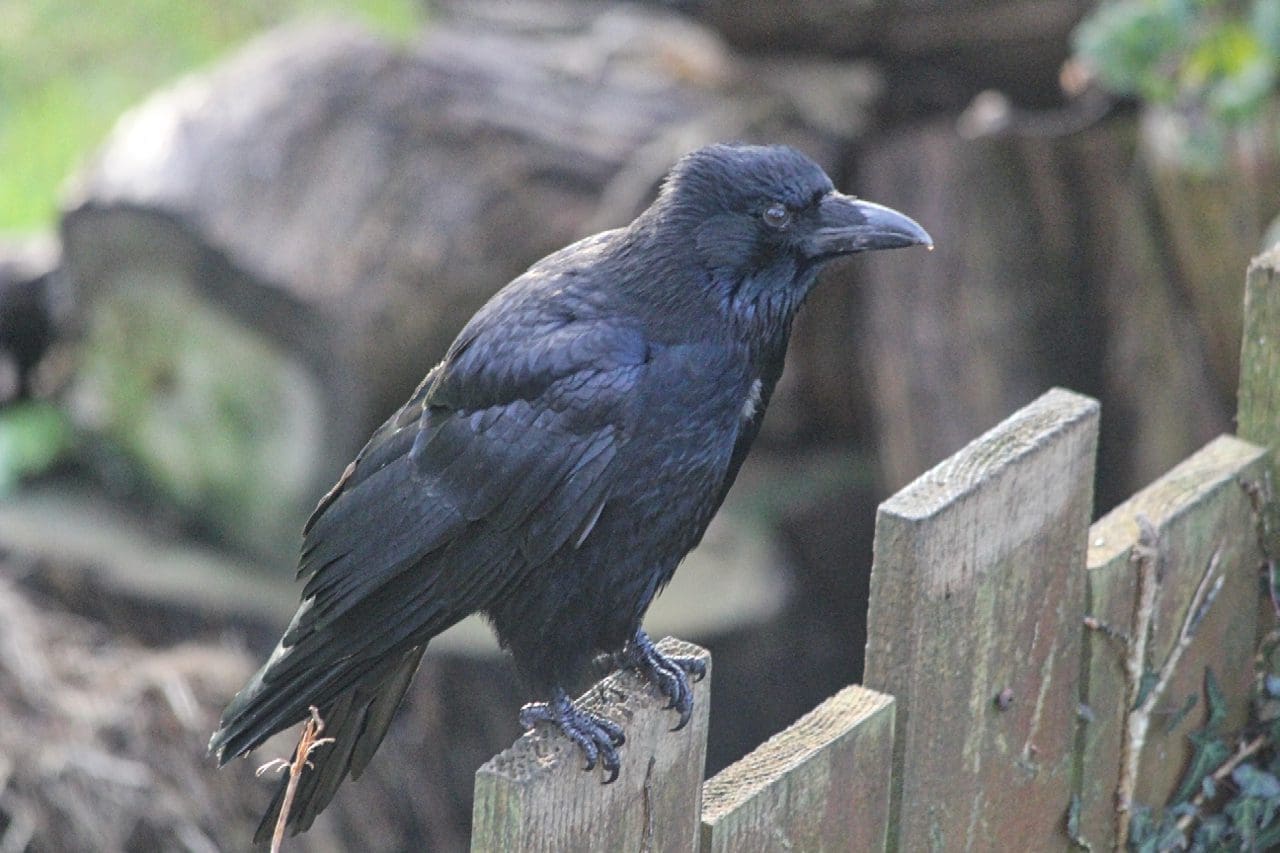
This encounter, which demonstrates nicely cultural learning, shows clearly that information regarded as essential and worth keeping is communicated between family members, related and unrelated birds, even years after the actual incident. This lets us conclude that long living animals like crows have some sort of cultural heritage, which is being passed on to future generations. As it is also known that territorial carrion crows will also visit communal roosts, there is also the possibility to consider that some of this or other more essential and useful information of this cultural heritage will also be passed on even further.
A Close Up Encounter Of Animal Awareness
This short story of carrion crow Boing Boing’s first encounter with another crow unknown to him, whist being introduced into our communal aviary, nicely illustrates what animal consciousness or awareness is about. Animal consciousness is the state of self-awareness within an animal, or of being aware of an external object or something within itself.
Carrion Crow Boing Boing
Boing Boing is a now six year old male carrion crow, who came into our care four years ago, when he started to cause behavioural problems to his previous carers. Boing Boing has been hand raised after he has been found orphaned as a youngster, also being at the time in a very poor condition. He is not releasable and a permanent resident, as he is suffering of a scissor beak, which makes it impossible for him to survive in the wild. Boing Boing would not be able to eat carrion, as his beak disorder will not allow him to tear his food into manageable pieces. We took over his care at the time carrion crows usually mature, and when they commonly show behavioural issues, in particular when held in captivity without companions, adequate housing and mental as well as physical stimulation.
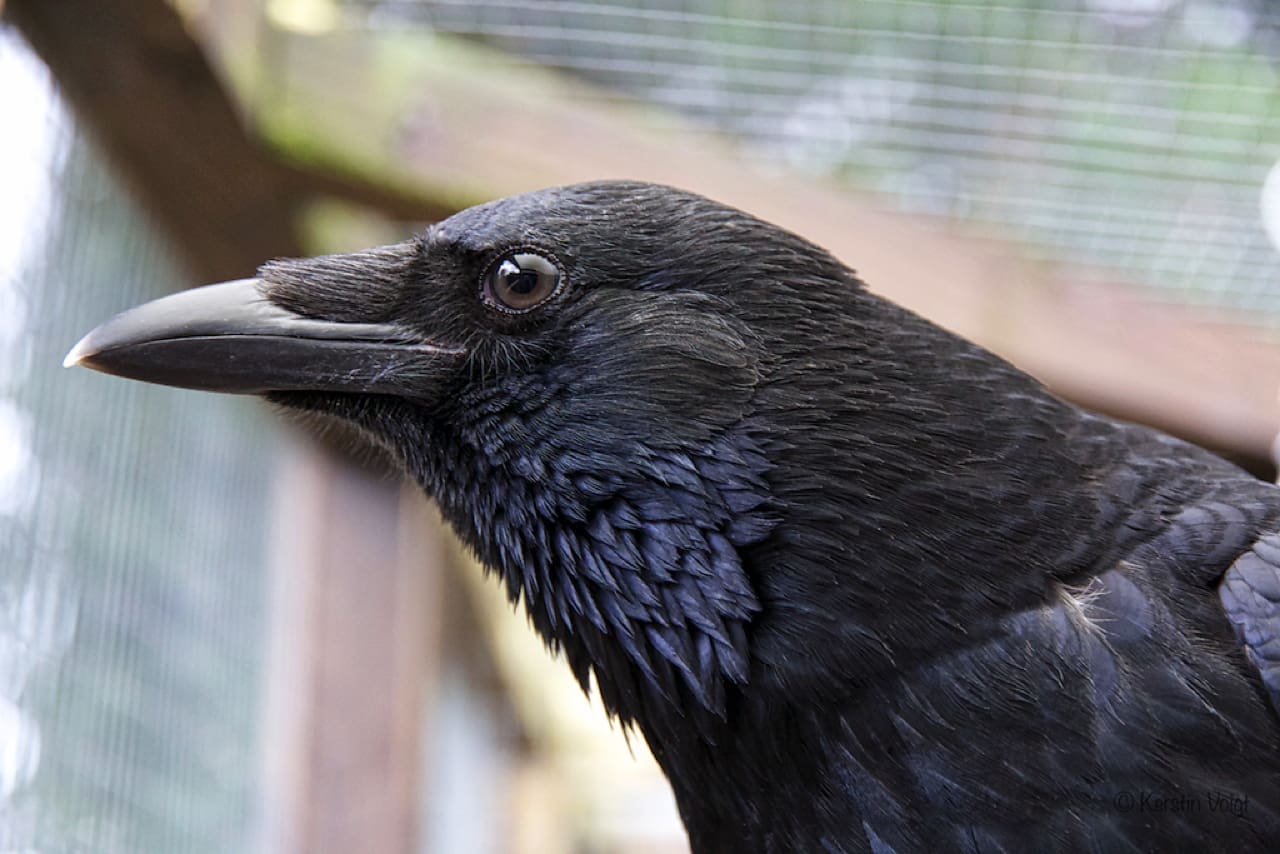
Carrion Crow Chili
Chili is a young dominant male carrion crow, who has been found together with his sister Pepper after becoming orphans following the destruction of their nest during a storm. Another sibling died during this accident, but Chili and Pepper luckily survived, despite suffering of starvation, injuries and infections. Due to Chili’s personality being characterised by a strong will and determination, he grew up quickly and took on the vacant position of the territory holder. His sister Pepper is rather the opposite of Chili, having had considerable problems with her legs caused by calcium deficiencies. She is very gentle and shy, but also very observant and clever.
Animal Consciousness And Awareness
When we introduced Boing Boing into the communal aviary, Chili immediately came, which was not unexpected, to greet the new arrival. Boing Boing announced himself with a cawing display usually used by dominant birds or territory holders when arriving at the communal roost. During this display head and neck are held forward whilst neck and belly feathers are raised. Wings are usually closed and the tail is fanned out slightly. Whilst cawing, the head will be slowly lowered until the beak is touching the belly, and at the same time the nictitating membrane is drawn across the eye. Then the head will be moved up again back into the normal position, and the display begins again. Chili replied to this demonstration by immediately sleeking down his feathers to appear smaller and less aggressive, meaning that both birds have, without any aggression or even fight, just addressed and clarified their position in their crow society.

But this was not the end of Boing Boing’s and Chili’s first encounter and communication. Both birds sat silently on the perch next to each other for more than a minute. Boing Boing was intensely looking around taking all the new information in, whilst Chili seemed unable to take his gaze of Boing Boing’s beak. Eventually Chili made his move by approaching Boing Boing and by gently and carefully examining Boing Boing’s beak by using his own. Boing Boing didn’t move, he did not even twitch. He allowed Chili to examen his beak. After another minute Chili stopped his assessment, now obviously having satisfied his curiosity, and then he eventually moved away from Boing Boing and flew off to continue with his usual business.
